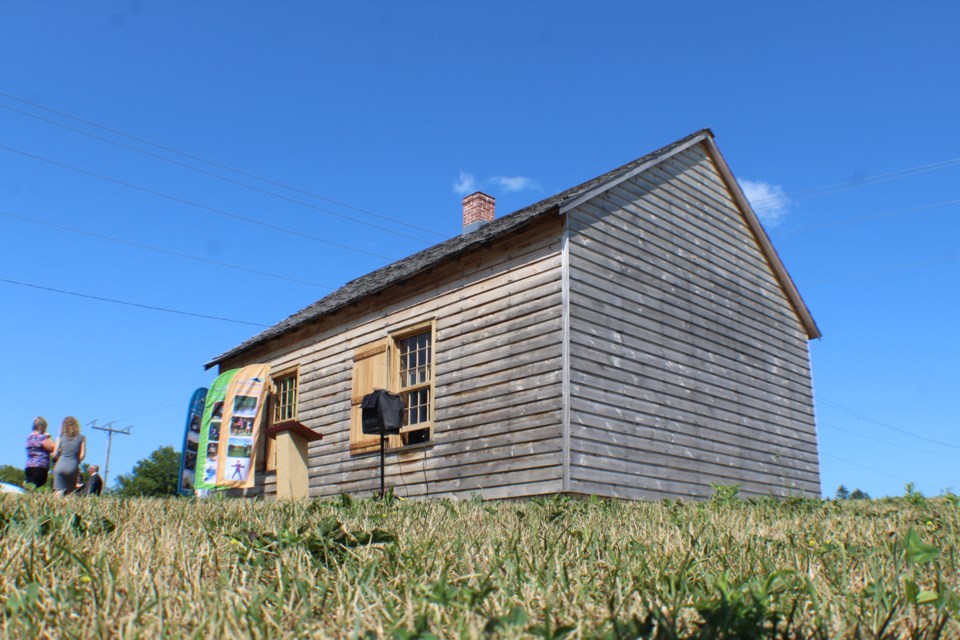Editor's note: This is Part 1 of a six-part series on Ontario historic sites as part of to Black History Month, written by Terry Fegarty, of the Tay Heritage Committee and Community Heritage Ontario, with editing assistance by Heritage Grey Highlands member Nancy Matthews.
The Oro Church and its related Oro settlement honour a commitment by the Government of Upper Canada to those Black militiamen who defended Upper Canada during the War of 1812.
In return, these veteran Black soldiers could function as a buffer in the event of an American invasion from the north on the nearby Penetanguishene Road, which is now County Road 93.
Between 1819 and 1826, the British government granted 25 plots in what was then called Oro Township to Black veterans and other Black settlers. By 1831, 30 more Black families had joined the Oro settlement.
The plots were 100 acres each, on the 1st to 6th Lines North and south of what is now Old Barrie Road West.
Grants were not entirely free, since they were dependent on property improvements, including the construction of a house of adequate size, clearing of a given acreage of land, the clearing of adjacent roads and the payment of fees.
The population of the Oro settlement doubled following the enactment of the Fugitive Slave Act of 1850 in the United States. More and more Black people self-emancipated and flooded across the Canadian border via the Underground Railroad.
At its highest point, the population rose to between 90 and 100 families. However, the settlement began to fade away in the 1860s.
The land was poor and remote and, as in other Black settlements, emancipation in the U.S. and other nearby employment opportunities drew people away.
Descendants of some of the first Black settlers remained in Oro for nearly 130 years and continue to reside in other parts of Simcoe County to the present day.
The Oro Black settlers built their Oro African church on a one-acre parcel of land at the corner of present-day Line 3 and Old Barrie Road West.
On May 26, 1849, the church was opened, and its cemetery established.
The church was constructed with square timbers which were covered, in later decades, with clapboard siding. The logs were visible in the interior and whitewashed.
As the settlement dwindled, active use of the church ended in the 1920s; the building was declared abandoned in 1926.
By the 1940s, the church had deteriorated to such an extent that local residents and some descendants were concerned that this important landmark would be lost, especially since it had frequently been a target for vandalism. What followed was decades of continuous stabilization and revitalization.
By 2016, the previously damaged structure had been largely restored to a semblance of the original log church. The church was re-opened, owing to the collaboration of all levels of government, and aided by a national fundraising campaign generating over $200,000.
This modest church, constructed of hand-hewn logs, is the last built remnant of these early African Canadians settlers in Simcoe County. It may well be the oldest surviving African Heritage log church in North America.
An unmarked cemetery is also located on the property, which was designated a National Historic Site in 2002.

